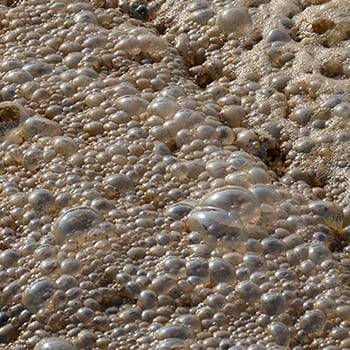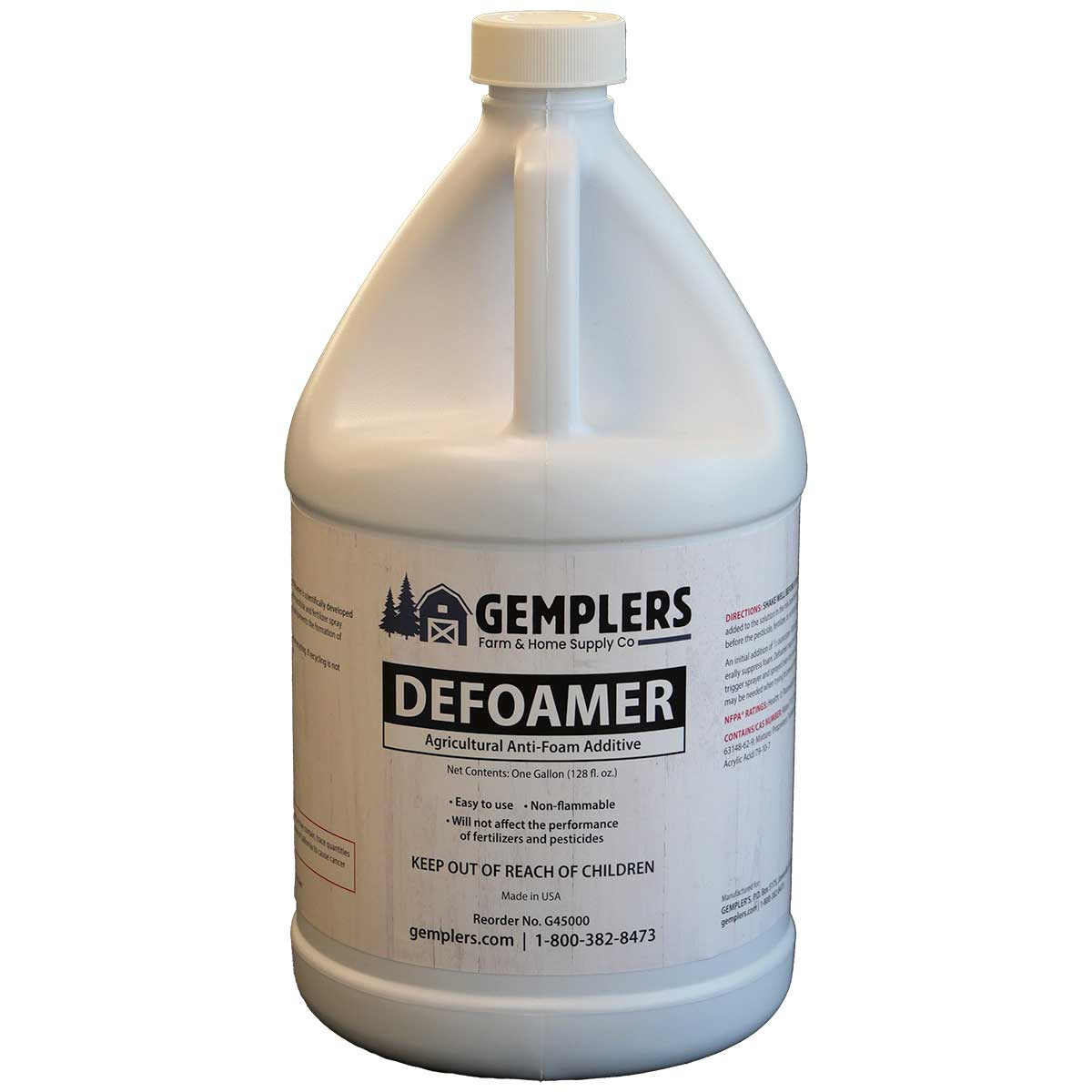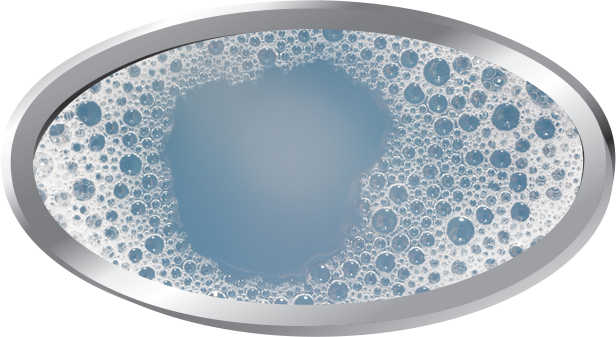Choosing the Best Defoamers for Your Manufacturing Line
Choosing the Best Defoamers for Your Manufacturing Line
Blog Article
The Duty of Defoamers in Enhancing Product Quality and Performance
In numerous manufacturing processes, the presence of foam can considerably hinder product quality and functional efficiency. Defoamers work as essential ingredients that mitigate this concern, making certain smoother production workflows while enhancing the visual and useful qualities of the end products (defoamers). Their application spans a multitude of markets, from food and beverage to pharmaceuticals, where consistency and reliability are vital. The selection of the appropriate defoamer can be crucial to accomplishing optimal outcomes, increasing essential questions regarding formula compatibility and efficiency metrics that warrant additional exploration.
Comprehending Defoamers
Recognizing the role of defoamers is necessary for keeping item top quality throughout different industries. Defoamers are chemical additives designed to prevent the formation and decrease of foam in fluid systems, which can detrimentally influence procedures such as mixing, loading, and surface stress. Foaming can lead to inadequacies, product problems, and compromised visual charm, making defoamers an essential component in manufacturing operations.
In commercial applications, defoamers help to boost item uniformity and security. The reliable use of defoamers not only makes certain smoother manufacturing processes however additionally contributes to remarkable item performance.
In addition, the choice and formulation of a defoamer should straighten with particular application demands, such as compatibility with various other ingredients, efficiency under varying temperature and pH conditions, and prospective regulatory restraints. Eventually, recognizing defoamers' features and their relevance in different formulations is essential for optimizing production and ensuring the best quality output.
Sorts Of Defoamers
Defoamers can be categorized into numerous kinds based on their make-up and device of action. The primary kinds include silicone-based, non-silicone natural, and inorganic defoamers.
Silicone-based defoamers are among the most reliable, mostly as a result of their ability to spread out promptly on the fluid surface and disrupt foam development. Their unique chemical structure enables remarkable security, making them ideal for high-temperature applications and settings with varying pH degrees.
Non-silicone natural defoamers, commonly made up of all-natural oils or fats, are valued for their biodegradability and lower poisoning. These are usually utilized in food and beverage applications where security and environmental effect are critical.
Not natural defoamers, which consist of substances like talc or calcium carbonate, act by increasing the thickness of the fluid, thus lowering foam security. They are typically utilized in commercial processes where compatibility with various other materials is not a worry.
Each type of defoamer has distinct benefits and restrictions, permitting for customized options relying on the certain foaming issues experienced in different applications. Understanding these differences is crucial for maximizing performance and achieving preferred item high quality.
Applications Throughout Industries
Various industries take advantage of defoamers to boost product high quality and operational effectiveness. In the food and beverage sector, defoamers are important in procedures such as brewing and dairy products production to prevent foam formation, which can lead to inadequacies and product inconsistency. By controlling foam, producers can ensure far better yield and a much more uniform product.
In the pharmaceutical industry, defoamers play a vital function in the formulation of liquid drugs, where extreme foam can impede mixing and exact dosing. Their use aids keep the stability of the solutions and promotes smoother production procedures.
The paint and coatings sector also depends on defoamers to improve the efficiency of products during application. By lessening foam, these additives guarantee a smoother surface and improve the aesthetic qualities of the final product.

Benefits of Using Defoamers
While the application of defoamers varies across markets, their advantages constantly enhance item quality and procedure efficiency. One significant benefit is the decrease of foam formation throughout producing processes, which can or else result in manufacturing hold-ups and incongruities in product high quality. By decreasing foam, defoamers enable a smoother circulation of products, helping with a lot more effective operations and lowering the probability of devices breakdowns.
In addition, using defoamers can enhance the appearance and texture of final products. In fields such as finishes, paints, and food handling, extreme foam can jeopardize the visual aesthetic appeals and general quality, while the suitable defoamer application makes certain an uniform coating and preferable characteristics. Defoamers can add to cost savings by lowering waste throughout manufacturing and enhancing the usage of raw products.

Selecting the Right Defoamer
Choosing the ideal defoamer is vital for maximizing production processes and guaranteeing product high quality. The choice of defoamer influences not only the performance of foam control yet also the total efficiency features of the end product. Aspects to think about consist of the kind of application, the chemistry of the formula, and the environmental conditions under which the product will certainly be utilized.
Different sectors might need particular defoamer types, such as silicone-based, organic, or polymeric defoamers. Understanding the compatibility of the defoamer with the key ingredients is vital to stay clear of negative responses that could endanger item stability. Furthermore, the defoamer's effectiveness in different temperatures and pH levels must be evaluated to ensure regular performance.
Examining the defoamer in small-scale applications can provide useful understandings right into its efficiency and suitability. Consideration of regulatory compliance, specifically in food, pharmaceuticals, and cosmetics, is critical in picking a defoamer. Inevitably, an extensive assessment of these elements will bring about the choice of a defoamer that not just regulates foam properly but also improves the quality and performance of the final item.
Final Thought

To conclude, defoamers are necessary ingredients that significantly boost item top quality and performance across various sectors. By properly reducing foam development, these representatives not only enhance operational efficiency however a fantastic read additionally add to the useful and aesthetic integrity of products. The calculated selection and application of defoamers cause set you back financial savings, maximized resource usage, and enhanced client fulfillment. Generally, the relevance of defoamers in industrial processes can not be overemphasized, as they play an important function in achieving top quality and regular results.
Foaming can lead to inadequacies, item flaws, and compromised visual allure, making defoamers a crucial component in producing operations.

Report this page